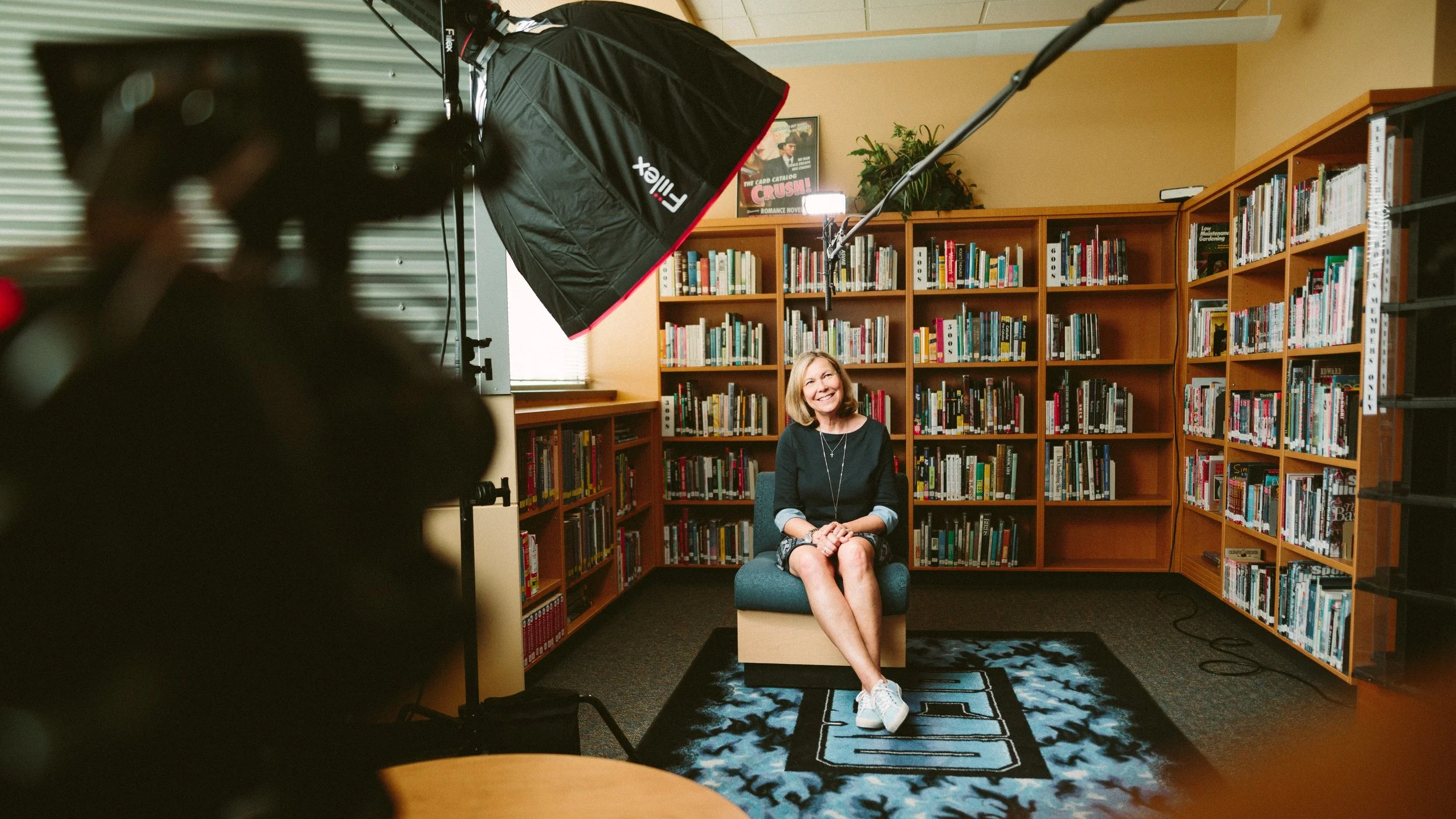GUEST COLUMN: 3 Aspects of Character That Set Designs Can Reveal
3 Aspects of Character That Set Designs Can Reveal
by Kevin Gardner
Learning about a character, especially the main one, is essential in any production. This allows the audience to have an emotional connection to the show. Fortunately for actors, this task doesn't rest solely on the character portrayal. In fact, a production's visuals can be highly indicative of a character's current state. If you'd like to learn more, here are three aspects of character that set designs can reveal.
1. Relationship Status
One of the first things a set can tell about a character, particularly if it depicts a personal space, is that character's relationship status. How many people are connected to or living with this person? Is this person romantically involved? For instance, romance can be easily indicated through the bed. If the bed has a twin mattress, complete with somewhat childish blankets, it's unlikely that the character has a relationship with someone else. At the very least, the two aren't serious yet. On the other hand, the owner of a queen or a double mattress is unlikely to be single. You can also communicate a relationship status through clothes. Everyone in the production should have a distinct fashion sense, particularly the main characters. This will make it easy to determine if two people are living together. You can go further with this by indicating how strong the relationship is. If a couple is struggling, showing a harsher separation of belongings. You can even rumple one side of the bed, indicating that someone is sleeping on the couch. Finally, you may want to reveal the presence of children in the space. If this is the case, simply put children's toys throughout the room. As any parent will know, kids' toys tend to get everywhere.
2. Interests
A character's interests are incredibly important to any production. After all, actors study a part by determining the individual's objectives. While the script and actor interpretations are important indicators of these wants, the set can also play a vital part. In fact, the set design may reveal things that a character can't comprehend or accept. Start by focusing on the character's hobbies. If the person likes reading, there should be a bookshelf or two. If that same character likes skiing, you could also add a poster of that sport. Next, consider the character's objective. While it may seem odd, this objective should have an impact on the set design. A very basic example of this is your classic detective movie. Whenever an investigator is obsessed with a case, that character's room is often covered in pictures connected with red string. While you may not want to use such obvious set pieces, things like this allow the audience to determine more about the character's innermost goal.
3. State of Mind
State of mind is a highly relevant character trait that needs to be explored. Fortunately, it can be easily touched on through the set. There are many different layers to this, so it's important to consult the actor and director regarding the character work. Start by asking about the character's normal state. If everything were regular in the character's life, what would the set look like? Next, assess what the character's mental state is. Is this person depressed? Is the person anxious? How severe is this condition? Keep in mind that mental disorders manifest in different ways. Generally, depression will result in a lack of motivation. Therefore, characters with depression will probably have messy rooms. However, your character might be desperately trying to combat the depression through excessive cleaning. In that case, you may want to have an overly organized room. You can also add more subtle nods to the character's mindset. If a person is missing a loved one, there could be a framed picture of said loved one next to the bed. If a person is having extreme writer's block, you can put balled up pieces of paper near and in a trash can.
While set design can seem superfluous, especially when mixed with a notable performance, this aspect of a production shouldn't be ignored. A great set can reveal more about a character than a script ever could.

